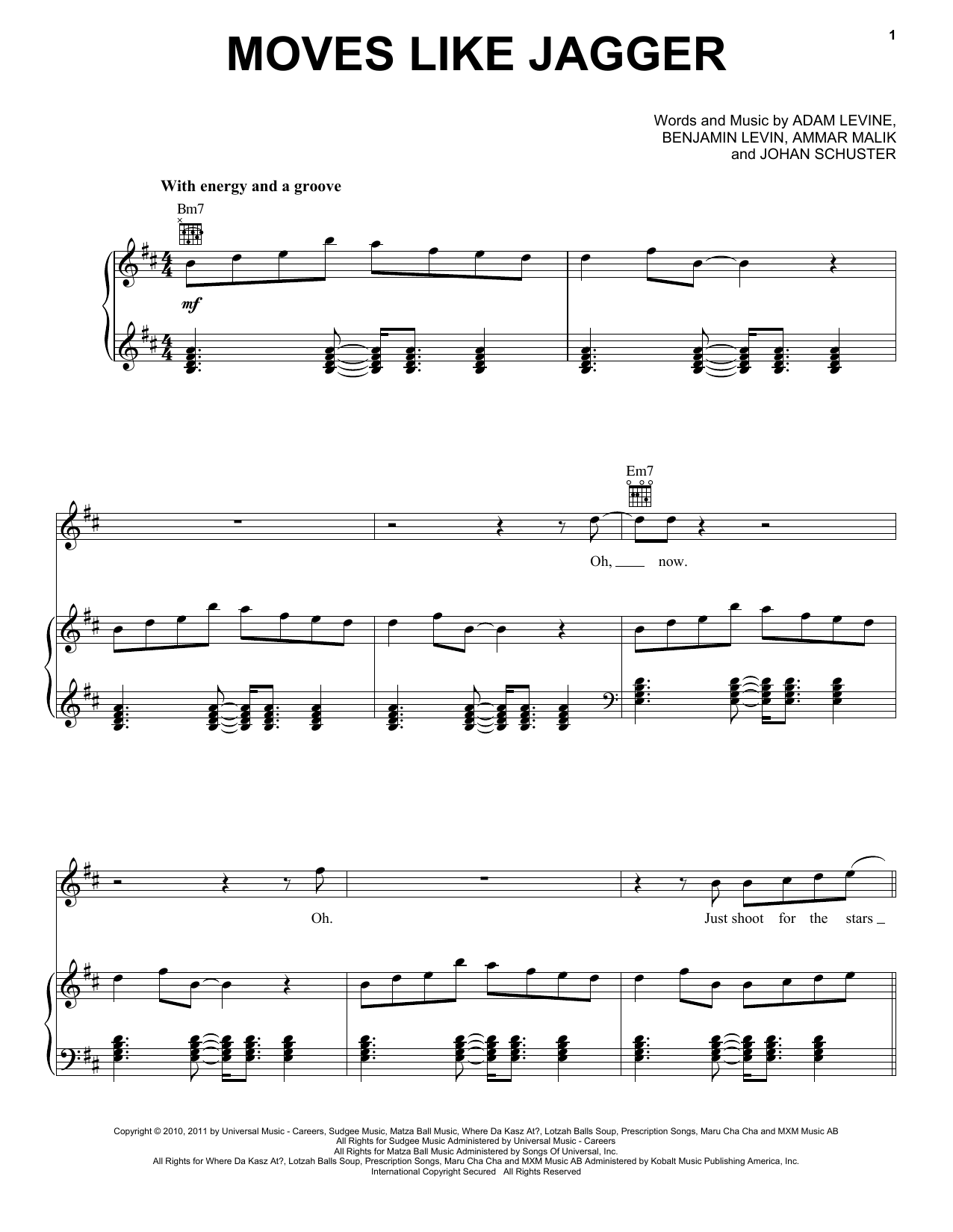

Tweedy sees it as an “American music album about America.” The songwriter says he’s struggled with what American identity means for decades. The example ends with a double turnaround of Bb7–E7–Am6.Ĭruel Country has a concept behind it but isn’t necessarily a concept recording. The A7 voicing is based on the 6th-string shape. In measure 7 we return to our Am6 chord, which then changes to an A7 in measure 8. The E7 is a traditional "folk" voicing with the root on the 5th string. In this instance, the Bb7 is serving as a tritone sub for the E7 chord we play in measure 6.

Measure 5 has a Bb7 chord that's voiced, from low to high, 1–b7–3 (Bb-Ab-D). If you take the notes from the Am6 chord and play them starting with the 6 (F#), you get a diminished triad (F#–A–C).

(For Am6, that's A–F#–C for Dm6, it's D–B–F.) Gypsy jazz has a distinctive diminished quality to it, which is achieved with the minor 6 chord.

The formula for these two voicings, from low to high, is root–6–b3. Minor 6 chords are used often in Gypsy jazz music instead of minor 7 chords. Measures one through four feature Am6 with its root on the 6th string, and Dm6 with its root on the 5th string. Most of the chords in this example are of the three-note variety. 1 uses the chord changes for Django Reinhardt's "Minor Swing" as a starting point. The best way to get the feel for la pompe is to listen to Django's recordings and imitate what you hear.Įx. The swinging guitar rhythm was based on a four-to-the-measure quarter-note beat with ghosted eighth-notes on beats 2 and 4 to emulate the sound of a drummer's hi-hat. There were no drums, which meant the rhythm guitarists provided the harmony, as well as the drum beat. In early Gypsy swing, the ensembles were composed entirely of string players, usually two or three guitarists, violin, and bass. Adapting to his limitations led Django to develop a very distinctive approach to playing jazz chords.īesides the chord voicings themselves, we also need to discuss the strumming technique called la pompe, which means "the pump"-a vigorous strumming of the guitar. He was also able to hold down two strings with each of his index and middle fingers. He could use his fused fingers to play one note or serve as a barre to play more than one note. As a result of his injury, most of his chords were three- or four-note voicings. His ring finger and pinky were fused together, and this handicap forced Django to invent a new way of playing his guitar. Due to a near fatal caravan fire when he was 18, Django's left hand was severely burned, leaving only his index and middle fingers in good working condition.


 0 kommentar(er)
0 kommentar(er)
